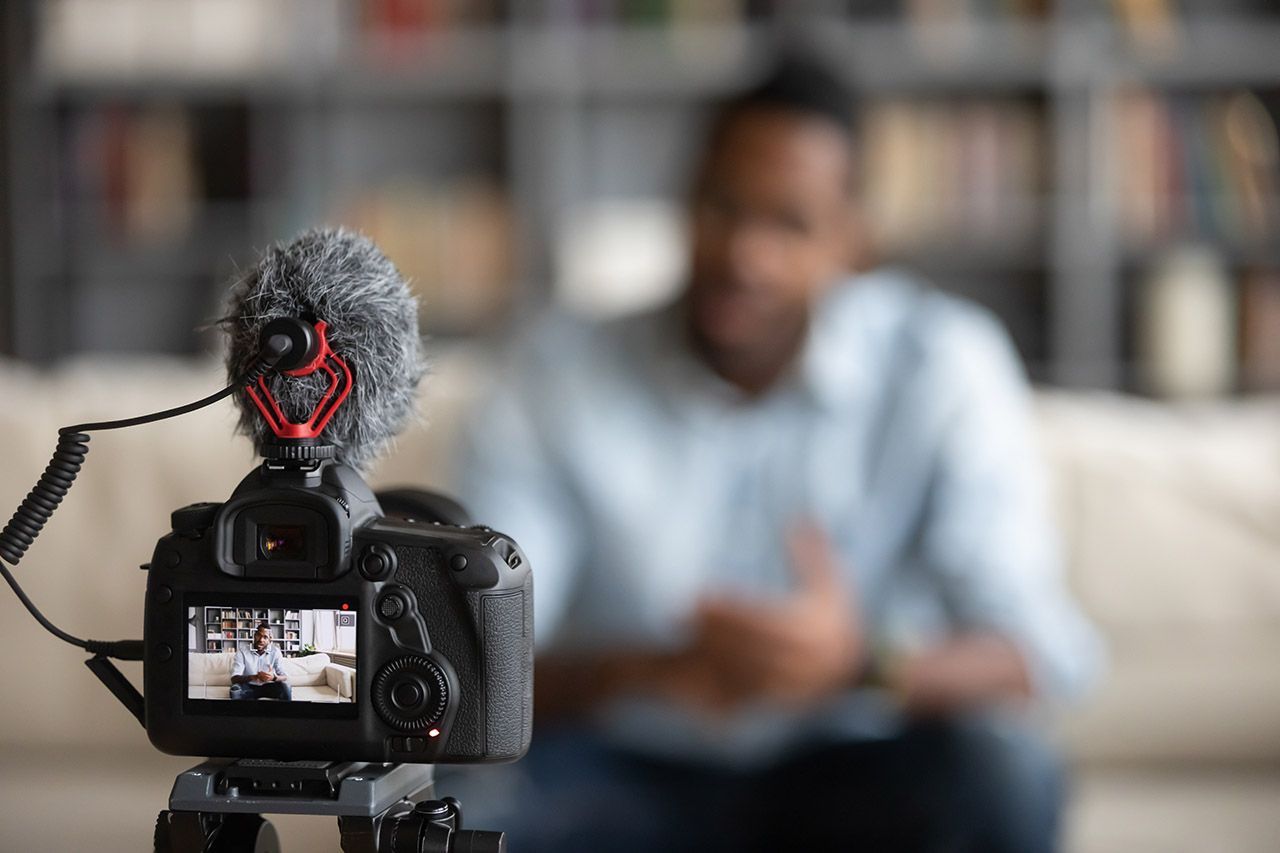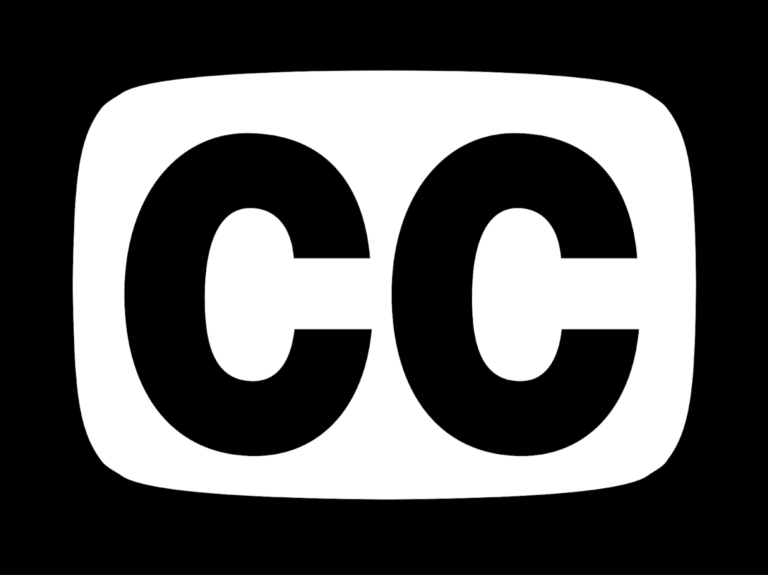
Creating your own course videos
While instructor-created video can greatly enhance the quality of a course, it can be intimidating to get started. I’ve heard just about every qualm in the book.
“I don’t like watching myself.“
“What if I mess up?“
The thought of being in the spotlight may be repulsive at first but rest assured: It’s easier than you think. Carrie Santoro, an applied business instructor at the UAF Community and Technical College, is one of our studio veterans who produced over 20 videos in the spring 2019 semester. She was also the recipient of the 2019 Learnies Award for Excellence in Script-Writing. Carrie was spurred to create her own videos by the need for a strong instructor presence in her online course, and the value of instructor presence far outweighed some of her reservations about being on camera.
“How do you form a relationship with [online] students if they don’t ever see your face?“
Instructor presence in a course can be achieved through a variety of ways, including assignment feedback, communication through email or office hours, and personally curated course materials; however, video offers a heightened presence. Indeed, studies such as Melanie Hibbert’s 2014 analysis verify that students prefer instructor presence in course videos because it adds a human element and features more real-world scenarios. They appreciate being led through a course by an instructor who presents them with information, experience, and reflection.
So how can you create engaging videos that feature instructor presence? It can quickly become overwhelming to decide on what type of video to produce, how you will present information, and how you will cope with being on camera. To help you navigate this network, Carrie and I have distilled the most important tips into the following:
Prepare
Devise an outline ahead of time and have an idea for the type of video you’re going for. If you have a particularly dense subject to cover, consider breaking it up into multiple videos. Knowing what you want to say is the first step in combating stage fright. Carrie would spend a lot of time refining scripts to really drill at the key aspects of a content chapter, and from there she’d adjust the dialogue to feature occasional rhetorical questions and be more like a face-to-face conversation.
Refer to the UAF CTL media studio resource page to familiarize yourself with what’s available to you. Remember, too, that we have a teleprompter for faculty use.
Relax
Mistakes are natural, and they make you human. Students would rather watch an off-the-cuff person than a scripted automaton. There is a lot of value in trying to run through a video in one take while accepting mistakes and embracing the value of spontaneity. Keep in mind that the advent of digital video allows for multiple attempts, though. According to Carrie, “…there were many times where I would say the wrong word or use the wrong description. So we’d just start over.“
Rest assured; our media team will make you look good. We offer a gamut of editing and post-production services in addition to our studio support.
Be patient
It may take a few tries to get used to the studio environment. Lights and microphones in your face, a camera staring back in place of a student — it can all be disconcerting. You’ll get used to it, though, and by your second or third visit to the studio, you’ll be a seasoned pro, just like Carrie. We promise.
There’s no “one size fits all” rule for media production, but hopefully, these tips will serve to ease the initial shock and alleviate some worry and hesitation. Do what works for you, and rest assured that you will get better — just like in your own respective field — with time and experience. We want every instructor to be successful in producing their own content and will do whatever we can to make that process easier. Don’t hesitate to reach out to me at either 907-455-2072 or jdjackson5@alaska.edu. You can also fill out a short form to request help with creating media.
Further resources
Bowles-Terry, M., Hensley, M. K., & Hinchliffe, L. J. (2010). Best practices for online video tutorials in academic libraries: A study of student preferences and understanding. Communications in Information Literacy, 4(1), 17-28.
Hibbert, M. C. (2014). What Makes an Online Instructional Video Compelling?. Educause Review Online.

Joseph Jackson
Joe Jackson, B.Sc., is the Media Studio Production Designer at UAF CTL. He hopes to use his perspective as both a former student and current media professional to enhance online teaching and learning at UAF.



